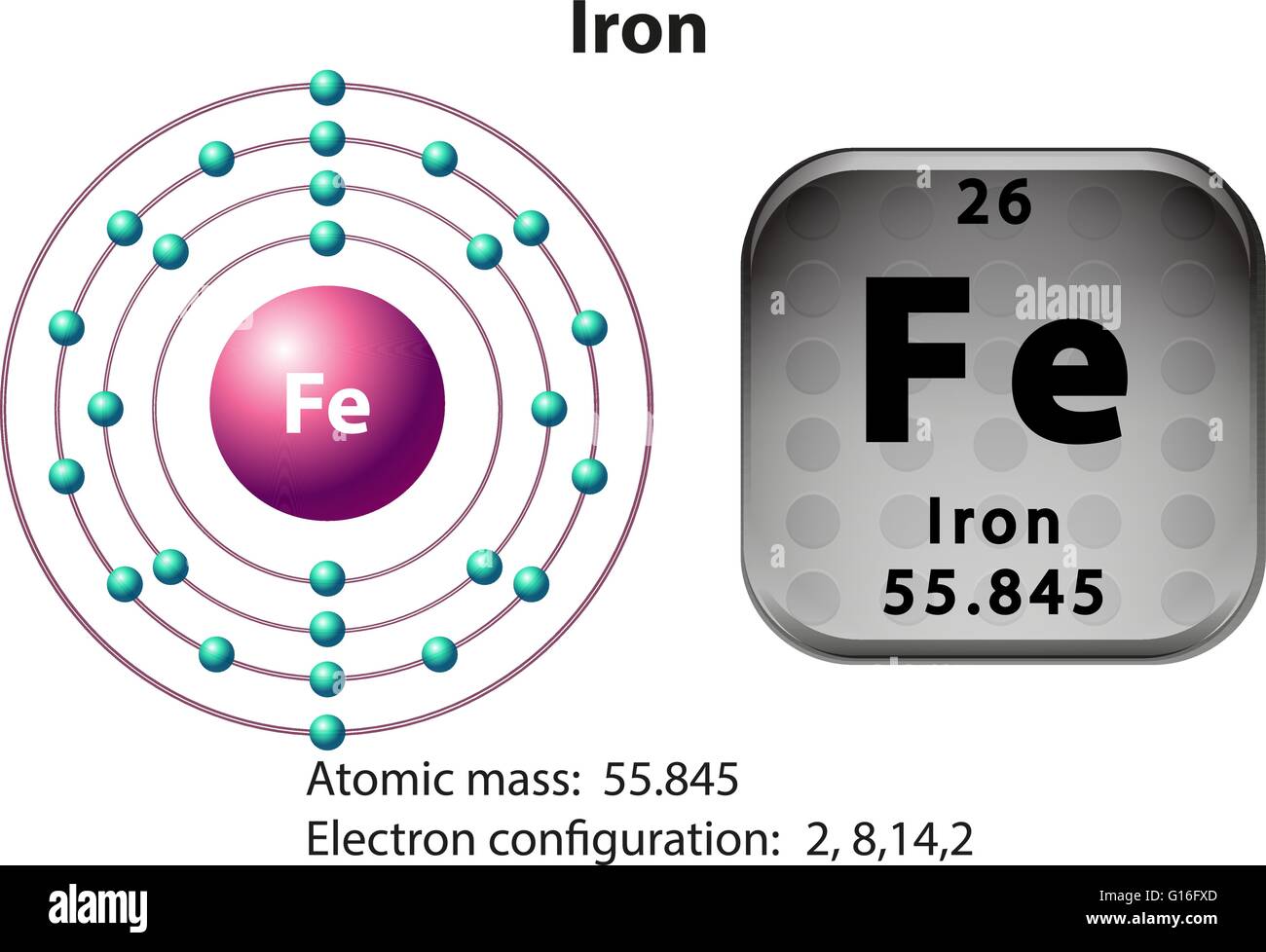
When the reaction dies down, the mixture is heated until the smell of the nitro compound disappears. Reduction of the nitro group: a few crystals or drops of nitro compounds are mixed with 0.5 M HCl, and metallic zinc is added. This reaction can be regarded as the reduction of zinc ions via electrolysis. For example, if the solution contains a zinc salt, then the zinc ions precipitate on the cathode (the electrode to which electrons flow) as metallic zinc. through an electrolyte solution, chemical reactions take place on the electrodes, and the degree of the transformation of this reaction is connected with the amount of electricity according to Faraday’s laws of electrolysis. When an electric current is passed through a solution containing ions, i.e. The released magnesium hydroxide absorbs the complex of zinc and benzoin, and the precipitate glows green when exposed to ultraviolet rays. Solutions of sodium thiosulfate, sodium silicate, magnesium chloride, and benzoin in ethyl alcohol are gradually added to the test solution. Ball-and-stick model of the (S)-benzoin molecule Zinc ions were discovered based on zinc's reaction with benzoin. Examples of several reactions with zinc When reacting with alkalis, the element forms complex compounds known as hydroxo-zincates. Zinc reacts with both acids and alkalis, making it an amphoteric metal.

Additionally, zinc reacts with halogens, oxygen, chalcogens, alkalis, acids, ammonia and ammonium salts, and even with less active metals.

In ordinary conditions, zinc reacts rapidly with air, gradually forming a dull grey zinc oxide coating. high heat capacity and heat conductivity.
at temperatures above 200 ☌, loses its elasticity and becomes a grey powder.elasticity and malleability increase when heated to approximately 100 ☌.


 0 kommentar(er)
0 kommentar(er)
